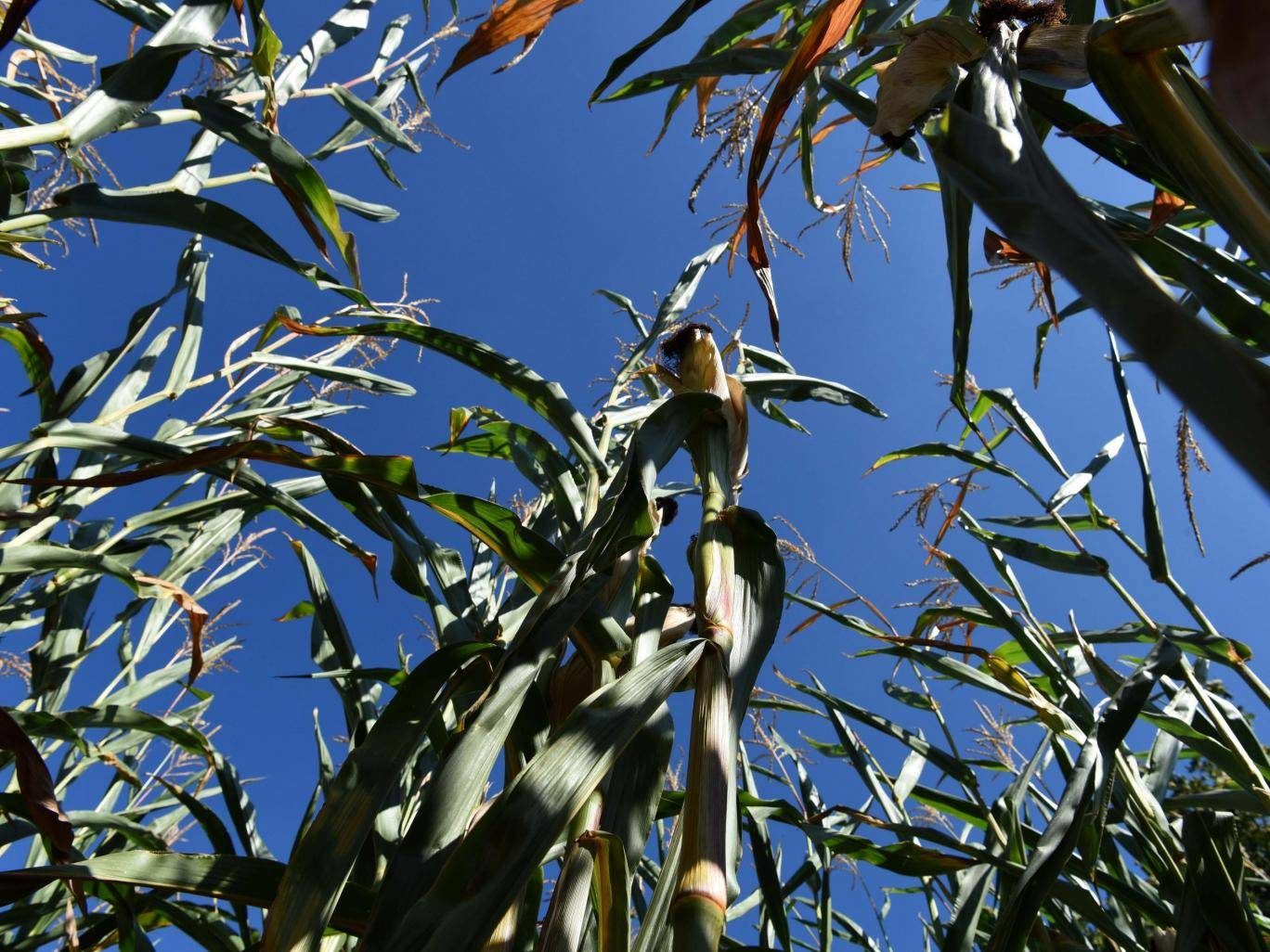
Work by a team of biologists at the Swedish University of Agricultural Sciences has provided new insights into the complex subterranean life of seemingly immobile corn plants.
The work adds to a body of research exploring the chemical pathways that plants use to "talk" to each other.
"Our study demonstrated that changes induced by above ground mechanical contact between plants can affect below ground interactions, acting as cues in prediction of the future competitors," said Dr Velemir Ninkovic, lead author of the study.
Plants are known to communicate via touch. Trees, for example, tend to stop growing outwards when they make contact with their neighbours' branches.
However, the mechanisms by which plants signal using touch are poorly understood, and Dr Ninkovic and his colleagues wanted to find out whether the answers could be found underground.
In recent years scientists have begun to disentangle the complex communication system that links plants together.
Unlike animals, plants do not have nervous systems and so cannot communicate using rapid electrical signals.
Instead, their signalling both within their bodies and with neighbours consists of the relatively slow exchange of chemical messages.
Some of this communication takes place via strands of underground fungi that plants use to share food, warning signals and even toxic chemicals - a phenomenon that some biologists have informally termed the "wood-wide web".
In the study by Dr Ninkovic and his colleagues, they wanted to investigate whether chemicals released directly into the soil by stressed plants could change the behaviour of their neighbours.
The researchers began by applying a soft brush to corn seedlings, a touch that could represent any number of nearby stresses, including new plants encroaching on their territory or a plant-eating animal nibbling on their leaves.
New seedlings were then transferred into the same growing material as the recently touched plants to see if their growth was affected - the theory being that plants touched by the brush would have left chemical traces in the soil documenting their experience.
The scientists found that the fresh seedlings responded by growing more leaves and fewer roots than plants that had grown under normal conditions.
They suggested that the corn seedlings, upon being exposed to the chemical signals of recently touched plants in the soil, were responding by preparing themselves for the trouble ahead posed by new neighbours or becoming something's dinner.
While they seem largely defenceless against outside attack, plants actually wield a variety of defensive strategies when targeted by hungry herbivores. Previous research has demonstrated that plants respond defensively to the sounds that caterpillars make when munching on their leaves - flooding them with unappetising mustard oil.
To confirm that their plants were capable of telling the difference between soil occupied by touched and untouched plants, the scientists gave some corn seedlings a choice about which medium they preferred to grow in.
When placed near both, roots grew preferentially towards the growing solution that had previously contained untouched plants.
These findings were published in the scientific journal PLOS One.
The team suggested their results should be noted by other scientists when conducting experiments with plants, as even gently brushing a plant's leaves has the potential to change how it and its neighbours behave.



Comment: See also: